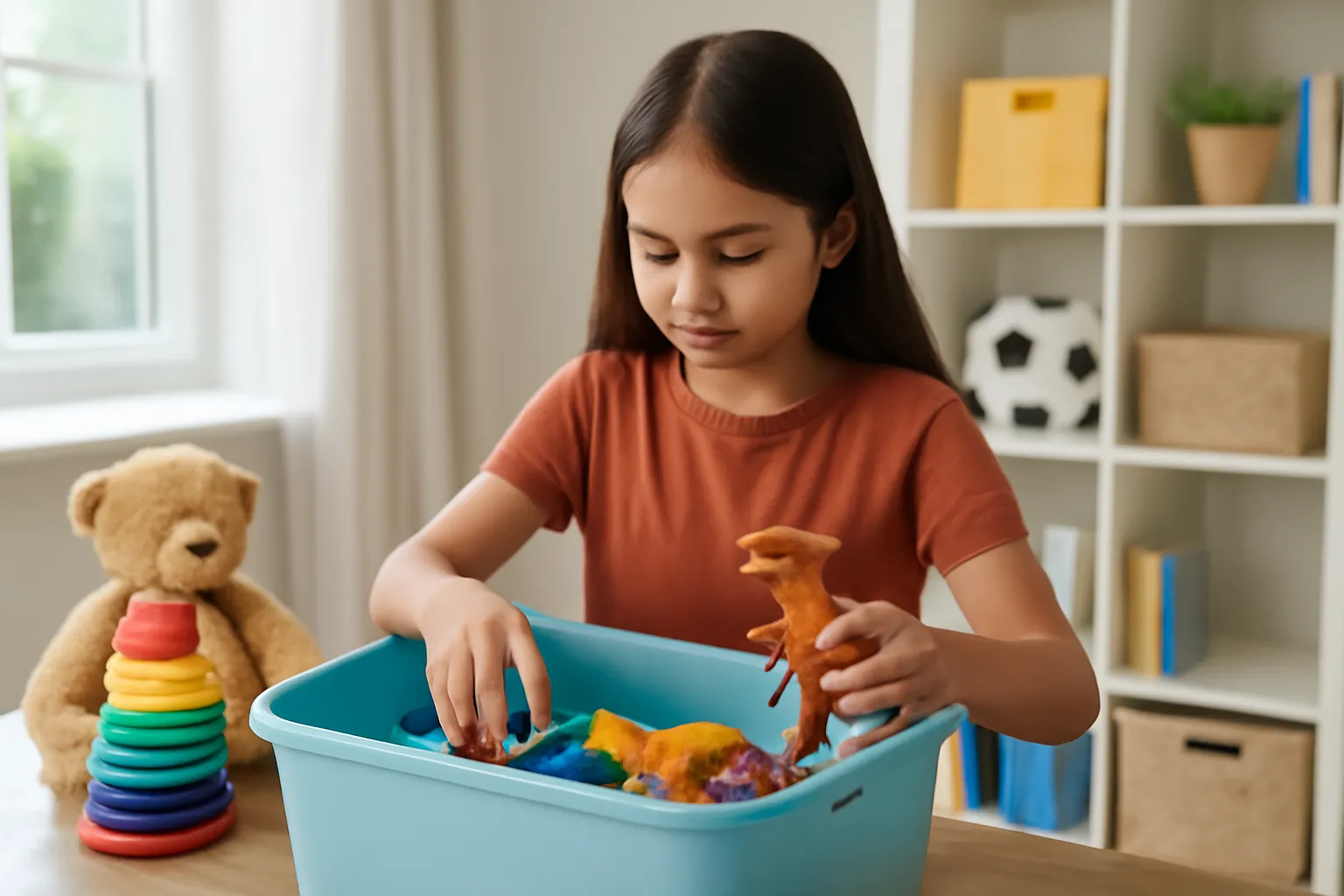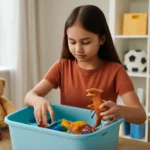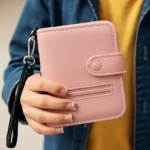When it comes to elementary school students, toys are much more than just entertainment. They contribute to developmental growth, creativity, and socialization. Whether you’re looking to buy toys for your own child or organize their existing collection, it’s important to understand what works best for their age and needs. In this article, we’ll explore the most popular elementary school toys, the importance of organizing them, and provide recommendations for the best choices.
Why Elementary School Toys Matter
Toys for elementary school students serve a broader purpose than simply providing fun. At this age, children are developing essential skills such as motor coordination, problem-solving, social interaction, and imagination. The right toys can help to nurture these skills while ensuring that playtime remains enjoyable.
When selecting toys for children in elementary school, it’s important to choose items that stimulate creativity, encourage social play, and challenge their growing minds. Many toys at this stage can also serve dual purposes: they promote learning while being fun and engaging.
Recommended Elementary School Toys
1. Building Blocks & Construction Toys
Building blocks such as LEGO or magnetic building sets remain some of the most popular toys for children in elementary school. These toys foster creativity and critical thinking as children learn to construct various designs, shapes, and structures. The hands-on nature of these toys also strengthens fine motor skills and spatial awareness.
2. Board Games & Puzzle Sets
At this age, children love to engage in board games and puzzles that challenge their strategic thinking and problem-solving abilities. Games like Monopoly, Clue, or puzzles of varying difficulty levels encourage social interaction and teach valuable lessons about teamwork, competition, and patience.
3. Arts & Crafts Kits
Creativity thrives in elementary school students, and arts and crafts kits can provide endless opportunities for self-expression. From painting and drawing sets to DIY jewelry kits or modeling clay, these toys help children refine their fine motor skills and explore their artistic potential.
4. Educational Toys
Toys that combine fun with learning can be incredibly beneficial at this stage. Science kits, coding toys, and math-based games promote cognitive development and introduce children to subjects they may enjoy later in life. Interactive toys that engage their curiosity about the world around them provide an extra layer of educational value.
5. Outdoor Toys
Encouraging physical activity is crucial for children’s health and well-being. Outdoor toys like sports equipment, jump ropes, and bicycles promote physical fitness and social skills. Many children enjoy playing games with peers, which helps develop teamwork, communication, and problem-solving abilities.
Organizing Elementary School Toys
Once you’ve found the right toys for your child, the next step is to keep them organized. A cluttered room can make it difficult for children to find and enjoy their toys, and it can be overwhelming for parents. Here are a few effective tips for organizing elementary school toys:
1. Use Clear Storage Bins
Clear storage bins are great for sorting toys by type or size, allowing your child to easily find what they need. Label each bin with a picture or word, helping children quickly identify what belongs inside. This method teaches them organization and helps them maintain order in their play area.
2. Create Play Zones
If possible, designate specific areas for different types of play. For example, set up a reading corner, a craft station, and a toy-building area. This can help children understand where to go for particular activities, promoting tidiness and minimizing clutter.
3. Rotate Toys
Instead of having all toys available at once, try rotating them. Store some toys away for a week or two and then bring them out again. This keeps things interesting and ensures that toys aren’t left forgotten and neglected. It also gives you the chance to clean and inspect toys more regularly.
4. Use Toy Chests or Cabinets
For larger toys or items that are frequently used, a toy chest or cabinet can be a great solution. These are particularly useful for toys that don’t fit into smaller bins, like stuffed animals, sports equipment, or larger building sets. Be sure to keep the chest or cabinet accessible so your child can independently put toys away after use.
How to Choose the Right Elementary School Toys
Choosing toys that align with your child’s interests is essential for fostering a love of learning and play. Here are some tips for picking the right toys for your elementary school student:
1. Consider Their Interests
Does your child enjoy building things, or do they prefer arts and crafts? Are they interested in sports or animals? Understanding your child’s preferences can help you select toys that will engage them fully.
2. Focus on Developmental Benefits
Select toys that challenge your child’s cognitive, social, and physical abilities. A well-rounded selection can help children develop a range of skills and keep them engaged for longer periods.
3. Look for Safety Features
Safety is a key consideration when buying toys. Look for toys made from non-toxic materials and those with rounded edges to prevent injury. For younger children, always choose age-appropriate toys to avoid choking hazards.
4. Check for Durability
Children in elementary school are often rough on their toys. Look for items made from sturdy materials that can withstand active play. Durable toys will provide better value for money and last longer.
5. Think About Multi-Use Toys
Investing in toys that serve multiple purposes, such as building sets that can be transformed into various shapes or educational toys that teach different subjects, ensures you get the most out of your purchase.
Conclusion
Elementary school toys are much more than just playthings—they’re tools for growth, creativity, and learning. From building blocks and board games to arts and crafts kits, there are endless possibilities for fostering your child’s development. Organizing their toy collection is just as important as selecting the right toys to ensure that they are engaged and encouraged to explore new activities. By following the recommendations and organization tips provided, you can create an environment where your child’s creativity and curiosity thrive.






